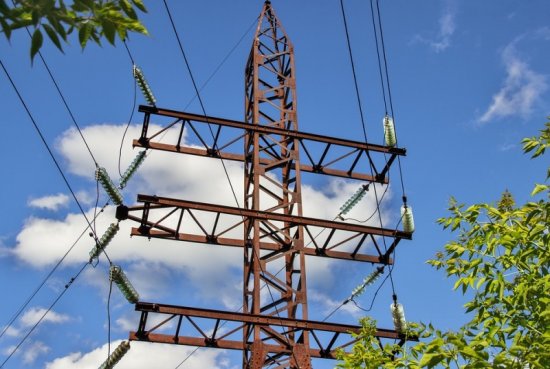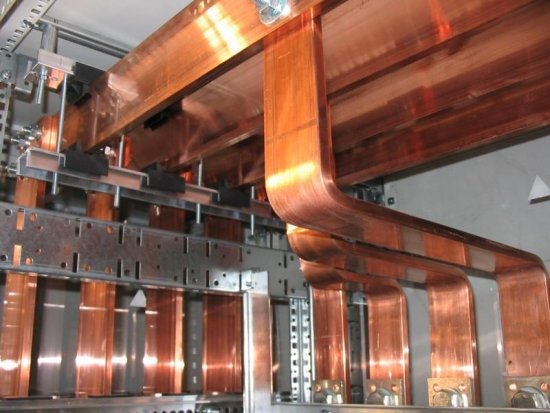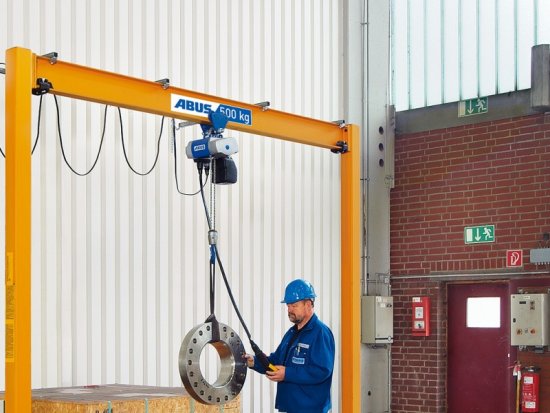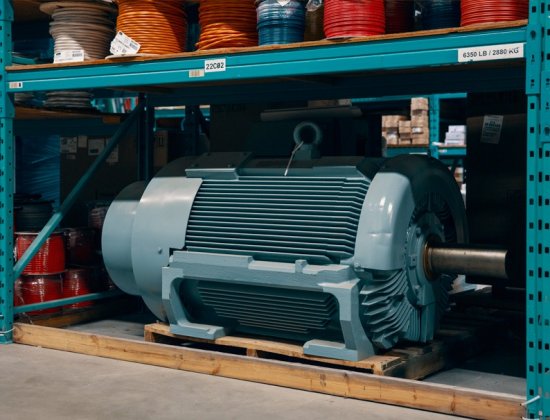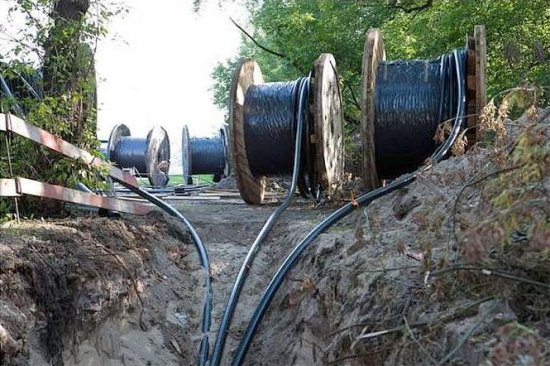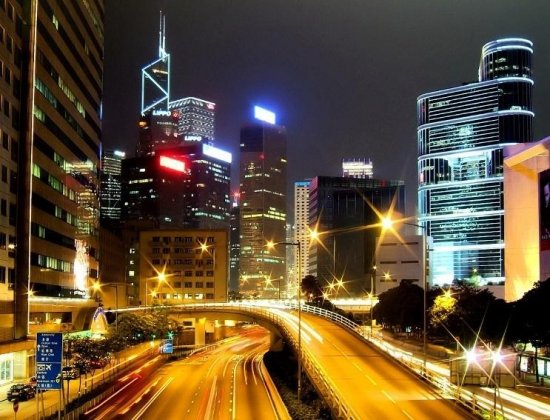Power system, networks and users
In order for cities and countries, and indeed the people living in them, to be able to use such a wonderful benefit of civilization as high-quality electrical energy 24/7 and have access to it in any necessary quantity, large power systems are being built all over the world.
Various electrical receivers (and any electrical devices) are an integral part of the electrical equipment of organizations, enterprises and, in general, all electrified objects.
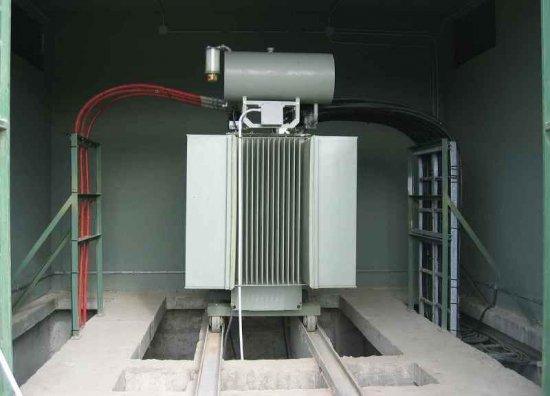
Electrical products, called electrical receivers, are mechanisms, devices and units whose task is to convert electrical energy into the required form, for example into mechanical energy of an electric motor or into light energy of a lighting system, or into thermal energy if we are talking about a heating element. After all, electric stoves and all household appliances in our homes are unthinkable without electricity, which we extract from the outlet.
Today, electricity is used all over the world to control various mechanisms, to power artificial lighting systems, numerous electrical engineering, special measuring and control devices, automation and protection, for medical, biological, food, scientific, processing, industrial and many, many other goals without which modern civilization is unthinkable.
Basic definitions
The power system is a set of electrical installations whose purpose is to supply consumers with electricity.
Direct electrical installations represent a variety of machines, apparatus and lines, as well as auxiliary equipment and structures in which all this is installed, serving for the production, transformation, transmission and distribution of electricity.
A power system is part of the electrical economy of an organization or enterprise while acting as a subsystem in relation to a larger one electrical system.
An electrical system, also called simply an electrical system, is a part of a power system and includes electricity receivers.
The electric system includes power plants, electric and heat networks, as well as the connections between them — all of this is connected through a common mode simply because of the continuity of the process of production, conversion and distribution of electric and heat energy. Electricity or electricity and thermal energy is produced in power plants, which can consist of either a single installation or a group of installations for the production of electrical energy.
Electric networks are a set of electrical installations whose purpose is the transmission and distribution of electrical energy supplied by power plants.The network includes substations, power lines, current conductors, connecting equipment, as well as control and protection equipment.
Substations are used to receive, transform and distribute electricity. The power line, in turn, transmits and distributes electricity or simply transmits it at a distance.
Each medium-sized enterprise always has its own electrical system, which includes, first of all, a set of electrical installations and various products that are not connected to the electrical network, while still ensuring its normal operation. Also, the electrical economy includes premises, buildings and structures operated by electrical personnel, human, energy, material resources and informational support designed to support the full life of the economy.
As part of any electrical economy, there are always individual electrical receivers or groups of electrical receivers located in a certain limited area of some object and united by a single technological process. It can be an entire enterprise or an individual machine, workshop or just a conveyor. In any case, such a unit or group is usually called a consumer of electrical energy.
Power system operation
The operation of the power supply system is based on the way of consumption of electrical energy, as well as on technical and repair services. The fact is that the power system is a continuously operating, complex dynamic system with a variety of internal and external connections.
The mode of generation, transmission and distribution in the system is related to the mode of the power system, and the mode and schedule of the load are determined by the users.The power plant affects the power supply system through the possibility of changing the volumes of supplied power, the voltage level, its frequency, the value of the short-circuit current, stability, etc.
The degree of stability of the power supply is mainly determined by how regularly and efficiently technical and repair work is carried out in the power supply system. These works are aimed at maintaining the constant operability and operation of both the equipment and the power lines. Today, all this is achievable due to the presence of certain laws for the formation of energy systems and electrical equipment.
User classification
In principle, the numerous and diverse consumers of electricity in the national economy are divided into four major types (with 10-12% of all energy consumption due to lighting):
-
55-65% — industrial enterprises;
-
25-35% — residential and public buildings, utilities and enterprises:
-
10-15% — agricultural production;
-
2-4% — electrified transport.
Industrial consumers of electricity in enterprises can be classified according to the following five criteria:
1. According to the total rated power of the installed electrical receivers:
-
up to 5 MW — small enterprises;
-
from 5 to 75 MW — medium enterprises;
-
more than 75 MW — large enterprises.
2. According to the branch of industry to which this enterprise belongs:
-
metallurgy;
-
mechanical engineering;
-
petrochemicals;
-
etc.
3. According to the conditions for determining the capacity and means of the KRM in the electricity transmission network of the enterprise and by tariff groups:
-
Group 1 — connected transformer with a power of 750 kVA and more;
-
Group 2 — connected transformer with a power of less than 750 kVA.
Enterprises belonging to tariff group 1 usually pay for electricity according to a two-tariff tariff: the basic tariff for consumed electricity, an additional rate for consumed electricity. The power of reactive energy compensation devices is selected simultaneously with the main elements of the enterprise's power supply system.
Enterprises belonging to the 2nd tariff group, as a rule, pay for electricity according to a single tariff. In this case, the required power of the reactive power compensation devices for the enterprise is dictated by the power system.
4. By power supply reliability category, depending on the percentage of energy consumers with different reliability:
-
1 category of power supply reliability of electrical receivers;
-
2 category of power supply reliability of electrical receivers;
-
3 category of power supply reliability of electrical receivers.
5. By category of energy services.
There are 12 categories, a specific category is determined by the total value of the annual plan for the labor intensity of the planned prevention of networks and electrical equipment of the enterprise. This characteristic reflects the complexity and scale of the economy, determines the size department and divisions of the Chief Energy Officer.
Of course, the majority of all industrial enterprises that consume electricity are located in cities. Cities are the main consumers of electricity in all countries. By population, cities are divided into:
-
more than 500,000 — the largest;
-
from 250,000 to 500,000 — large;
-
from 100,000 to 250,000 — large;
-
from 50,000 to 100,000 — medium;
-
less than 50,000 are small.
The territory of the city, in terms of electricity consumption, is divided into zones:
-
Industrial zone - manufacturing enterprises are located in it;
-
Auxiliary warehouse — transport enterprises (transport bases) are located in it;
-
External transport — railway stations, railway stations, ports;
-
Selitebnaya — residential areas, public buildings, structures, recreation areas.
Civic buildings are the backbone of the city's development. These include non-manufacturing facilities such as: residential buildings, dormitories, hotels, shopping malls and restaurants, educational institutions, utilities and utilities, etc.
Reference data for the selection of a power supply system are electrical receivers located on a city or corporate plan and determining the magnitude and nature of electrical loads, as well as their reliability.

